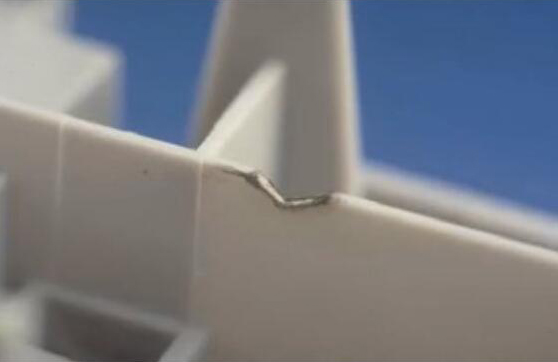What is air trap in injection mold?
Air trap is a phenomenon in injection molding process where air trapped in the mold cavity prevents molten plastic from filling the cavity, resulting in defects such as short shots, burns.

The main sources of air in the mold cavity are as follows:
1. Air in the injection system and the mold cavity.
2. Water vapor generated by the evaporation of moisture in the plastic material.
3. Gases generated by the decomposition of the plastic material.
4. Gases generated by the evaporation or chemical reaction of additives in the plastic material.
There are several methods to solve air trap effect in injection molding:
1. Optimize the mold design by increasing the number and sizes of vents. The number and size of vents should be determined based on the cavity structure and the shape of the product. In general, the more vents there are, the better the venting effecting will be. The vents should be enough to allow air to escape easily.
2. Use an active venting system. An active venting system can use vacuum, compressed air, or other methods to remove air from the mold cavity. Active venting systems have better venting effects than passive venting systems, but there are also more expensive.
3. Adjust the injection molding parameters. The venting effect can be improved by adjusting parameters such as injection speed, injection pressure, and holding time.
- Injection Mold
- Automotive Injection Mold
- Electronics & Electrical Injection Mold
- Consumer Goods Injection Mold
- Airplane Components Injection Mold
- Medical Components Injection Mold
- Irrigation Components Injection Mold
- Injection Molds




